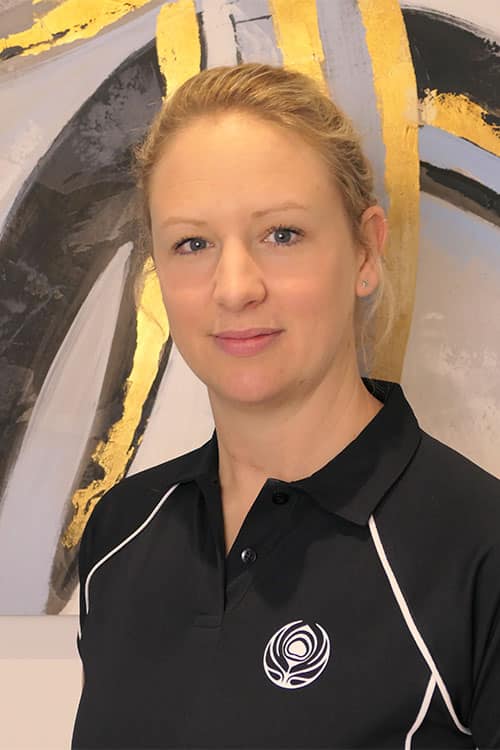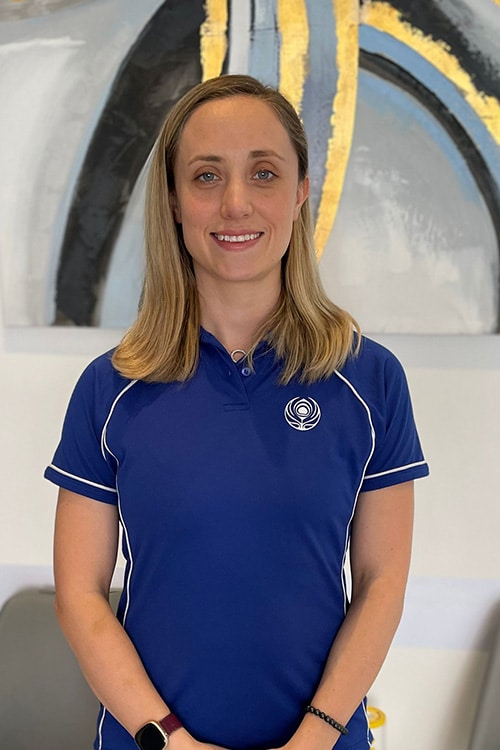SPD stands for Symphysis Pubis Dysfunction. The pubic symphysis is the big joint at the front of the pelvis. Normally, the pelvis is very stable, but during pregnancy, hormones act on its ligaments to allow more movement. This is important for helping the baby down the birth canal during labour, but the hormonal changes begin in the first trimester and can cause months of discomfort.
Symptoms of SPD
The main symptom is pain at the front of the pelvis. It may be described as shooting, stabbing, or burning. It may also be accompanied by clicking, or pain that radiates down the thighs or into the abdomen. There are a number of things that can cause pain to radiate in these areas, so your osteopath will take a detailed history to be sure of the diagnosis.
Symptoms are often aggravated by walking, although intensity of pain may change throughout a walk. Movements like turning in bed and standing after sitting can cause pain to worsen. This is more likely during movements where the legs are not together, such as getting in or out of a car. Resting often helps to reduce symptoms, and finding ways to alter movement to avoid irritation is important. Rolling out of bed, rather than going a leg at a time, can be helpful.
In more severe cases, the joint separates more than expected (a 2-3mm increase) for pregnancy. This can cause instability alongside clicking and pain mentioned above. The joint separation can be palpated by your osteopath if you are happy for them to do so.
PGP: Pelvic Girdle Pain
A similar but less severe condition is PGP. This may also affect the pubic symphysis, or it may be more focused to the joints on the back of the pelvis (SIJs). It may also develop into SPD if left unmanaged, so do seek treatment if you are suffering with any pelvic joint pain.
Managing SPD
The earlier you can seek treatment, the better your outcomes can be. Significant SPD symptoms at full term can limit the birthing positions available to you.
Your osteopath can’t make changes to the hormones your body is producing, but we can help the rest of the body to work better to take the pressure off the pubic symphysis. The pelvis is like a ring, and changes in the front affect the other two joints and vice versa. Ensuring movement is well balanced between the three is a good starting point. We can also address muscular tightness that might be contributing to this, and help to keep the upper back moving too. If your SPD has caused you to walk differently, we will also see if that has caused any compensations anywhere that need addressing. Strengthening to help support the pelvic joints can be beneficial, and your osteopath can provide you with appropriate exercises.
Treatment is very gentle, even more so during pregnancy. Everything is done with your ongoing consent, and if you are unhappy with a technique, we have alternatives we can use.



















